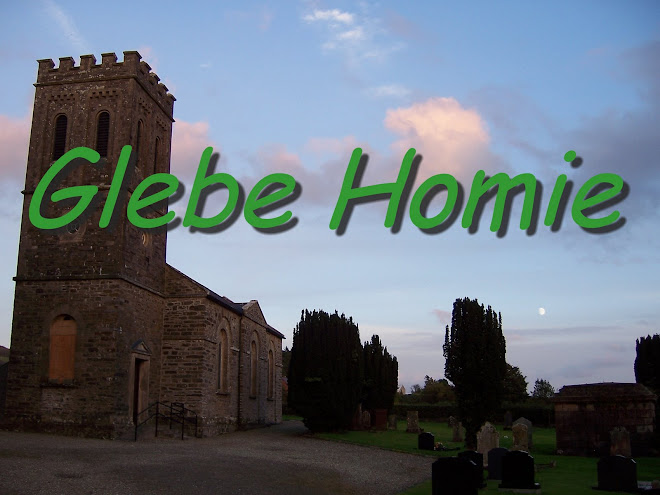
(by special correspondence to the Sunday Mercury from the battlefield.)
near Washington 23 July 1861
*
While the Artillery seemed
to be assembling for conference
amid the sun-dried bowlders,
fishwives scolded and nagged
railing excitedly into
an unspeakable jumble
a rising of din over battle.
*
An Officer waved his
gauntleted hand sweeping
wildly at the air
of unwilling curses
despite being dragged at heals
by a besplashed charger
the western sky along.
*
Partly smothered in red
as a blue haze of evening
settled upon the field
he was loosed to the ground
rising to the level of his feet
twisting with the movement
plunged he deep into earth.
*
Pressing his hands
through the wound
a single afflicted groan
wrenched from him
causing him to expire
his face, then painted
stupefied with a smile.
obeedude/03/may/07
This poem is an impression and a fiction of my imagination. It is based on the family letters I have read , as well as the recent novels that I have consumed. I took Art's suggestion and added what seemed like period language that I created. It is dated after the actual battle, as if it were a letter written from Washington, when the New York State Militia would have been straggling back to their camps, and writing home to describe what had transpired in this disastrous battle and its aftermath. The actual event described here-in may well have taken place at any battle during the civil war. I chose Bull Run (or Bulls Run as many of the participants called it) because it was a battle of confusion and tragic blunders on both sides. The Confederates won but much to their surprise, the Union lost miserably and to their surprise were so devastated that many injuries and losses took place in the stampede from the battlefield. There were Débutantes and Senators out for a picnic to watch on a lark. Before they knew it, they went from picnic to panic.
The Flank Marker was used by the New York State Melita, 2nd Regiment. It is this flag that I believe James Gilmour and his Tent mate Francis Perry defended bravely at the First Battle of Bull Run. For their gallant efforts they were written up in the New York Papers by their Lieutenant Simpson. It was then reprinted in the Derry Papers by James' friend George MGonikle. (I have not yet found these actual articles and base this information on more than one letter from more than one correspondent.)
The men were awarded with a testimonial signed by their piers: their former employers, friends and associates. Also enclosed and accompanying the testimonial were Two Ten dollar Gold pieces meant to serve as Medals of Honor "besides being convenient to provide such normities as are Not furnished You ...."
The Image of the Flank Marker was found on the New York State Military Museum Web Site. The Flag has been restored by Textile Conservators for The New York State Battle Flag Project. A Worthy Cause which I whole heartedly support.
Visit their Website on-line. Go to the New York State Military Museum in Saratoga Springs New York!




